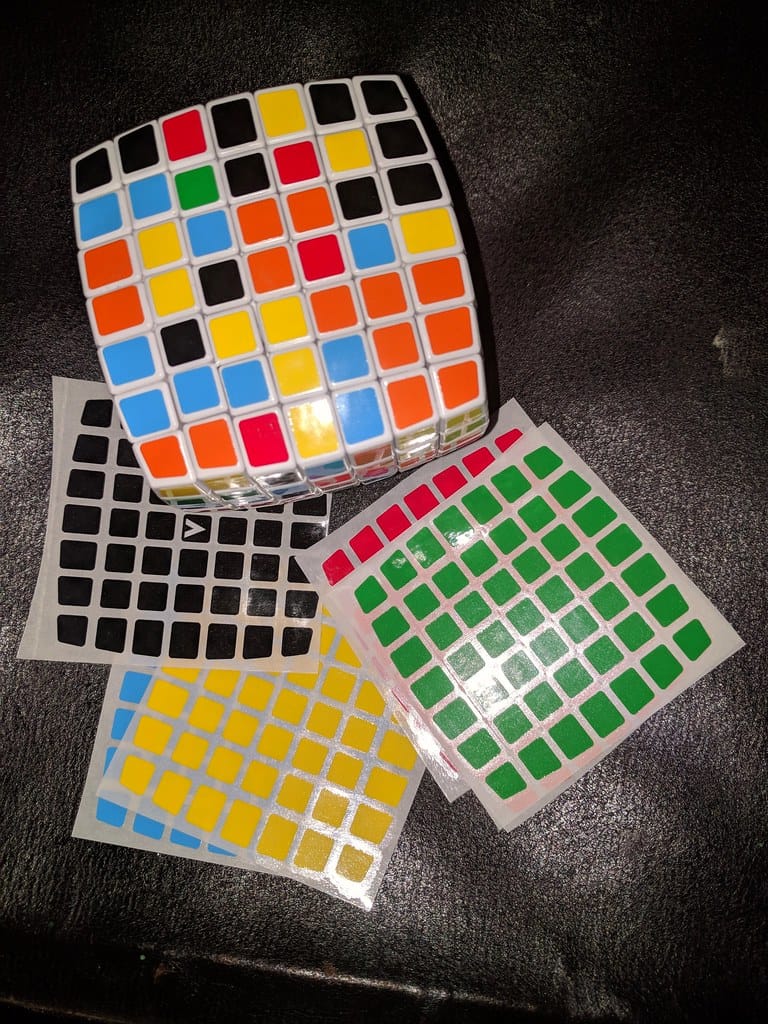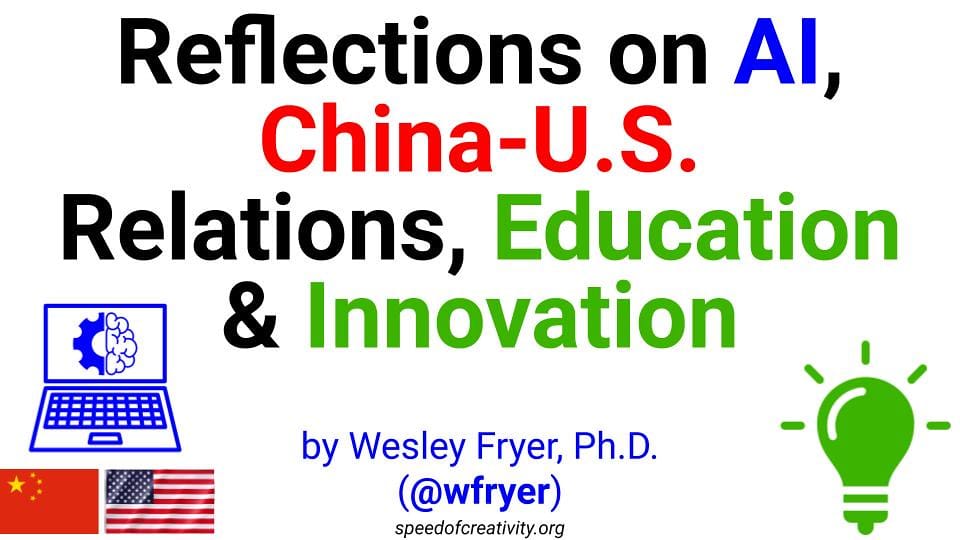The Academic Integrity Crisis: How AI-Generated "Copycat" Papers Are Infiltrating Scientific Journals
The ivory towers of academia are under siege from an unexpected enemy: artificial intelligence. A growing body of evidence reveals that scientific journals—long considered the bedrock of scholarly research—are being flooded with AI-generated papers that mimic legitimate research while contributing nothing meaningful to human knowledge. This alarming trend threatens to undermine the very foundation of scientific publishing and academic integrity.
The Scale of the Problem
Recent investigations have uncovered a disturbing pattern across multiple academic disciplines. Journals in fields ranging from computer science to medicine are publishing papers that bear the telltale signs of AI generation: repetitive language patterns, nonsensical abstracts, and research methodologies that exist only on paper.
A study conducted by researchers at Stanford University found that approximately 1% of papers published in major computer science conferences in 2023 showed clear indicators of AI generation. While this percentage might seem small, it represents thousands of potentially fraudulent papers entering the academic record annually.
Red Flags in the Research Landscape
Linguistic Patterns That Don't Add Up
AI-generated academic papers often exhibit distinctive characteristics that trained eyes can spot. These include:
- Overly formal language that lacks the natural flow of human writing
- Repetitive sentence structures and phrase patterns
- Abstract concepts that sound sophisticated but lack substantive meaning
- Citations that appear relevant but don't actually support the stated claims
The Rise of Paper Mills
The proliferation of AI tools has given birth to sophisticated "paper mills"—operations that mass-produce fake research papers for sale to academics under pressure to publish. These operations have become increasingly sophisticated, using advanced language models to create papers that can slip past initial editorial screening.
Dr. Sarah Chen, a research integrity specialist at MIT, explains: "We're seeing a new breed of academic fraud that's harder to detect because it's not just plagiarism—it's the creation of entirely fabricated research that looks legitimate on the surface."
Impact on Scientific Progress
Diluting the Research Pool
The infiltration of AI-generated papers creates a significant problem for legitimate researchers. When databases become polluted with fake studies, it becomes increasingly difficult to conduct meaningful literature reviews or build upon existing research. Scientists may unknowingly cite fraudulent work, leading to a cascade of compromised research.
Eroding Trust in Academic Publishing
Perhaps more damaging than the papers themselves is the erosion of trust in the peer review system. If journals—even prestigious ones—can be fooled by AI-generated content, what does this say about the reliability of published research? This crisis of confidence could have far-reaching implications for public trust in science.
The Journal Response
Enhanced Detection Methods
Leading academic publishers are investing heavily in AI detection tools specifically designed for academic content. Companies like Turnitin and Copyleaks have developed sophisticated algorithms that can identify AI-generated text with increasing accuracy.
However, this has created an arms race dynamic: as detection tools improve, so do the AI systems designed to evade them. Some paper mills are now using techniques like "AI laundering," where generated text is processed through multiple AI systems to obscure its artificial origins.
Strengthening Peer Review
Many journals are overhauling their peer review processes to include specific checks for AI-generated content. This includes training reviewers to recognize suspicious patterns and implementing additional verification steps for papers that raise red flags.
Looking Forward: Protecting Academic Integrity
The battle against AI-generated academic fraud requires a multi-pronged approach. Universities must educate faculty about the risks and signs of AI-generated research. Publishers need to continue refining their detection methods while maintaining the efficiency that makes scientific publishing possible.
Perhaps most importantly, the academic community must address the underlying pressures that make fraudulent publishing attractive. The "publish or perish" culture that dominates many institutions creates incentives for shortcuts that AI paper mills are all too willing to provide.
The Path Ahead
As AI technology continues to evolve, so too must our approaches to maintaining research integrity. The infiltration of academic journals by AI-generated content represents a fundamental challenge to the scientific enterprise. However, by acknowledging the problem and taking proactive steps to address it, the academic community can preserve the integrity that makes scientific research valuable to society.
The stakes couldn't be higher: the future of evidence-based knowledge depends on our ability to distinguish between genuine human inquiry and artificial imitation.

